Home>Articles>How Can Energy Be Transformed In A System In Order To Light A Light Bulb?
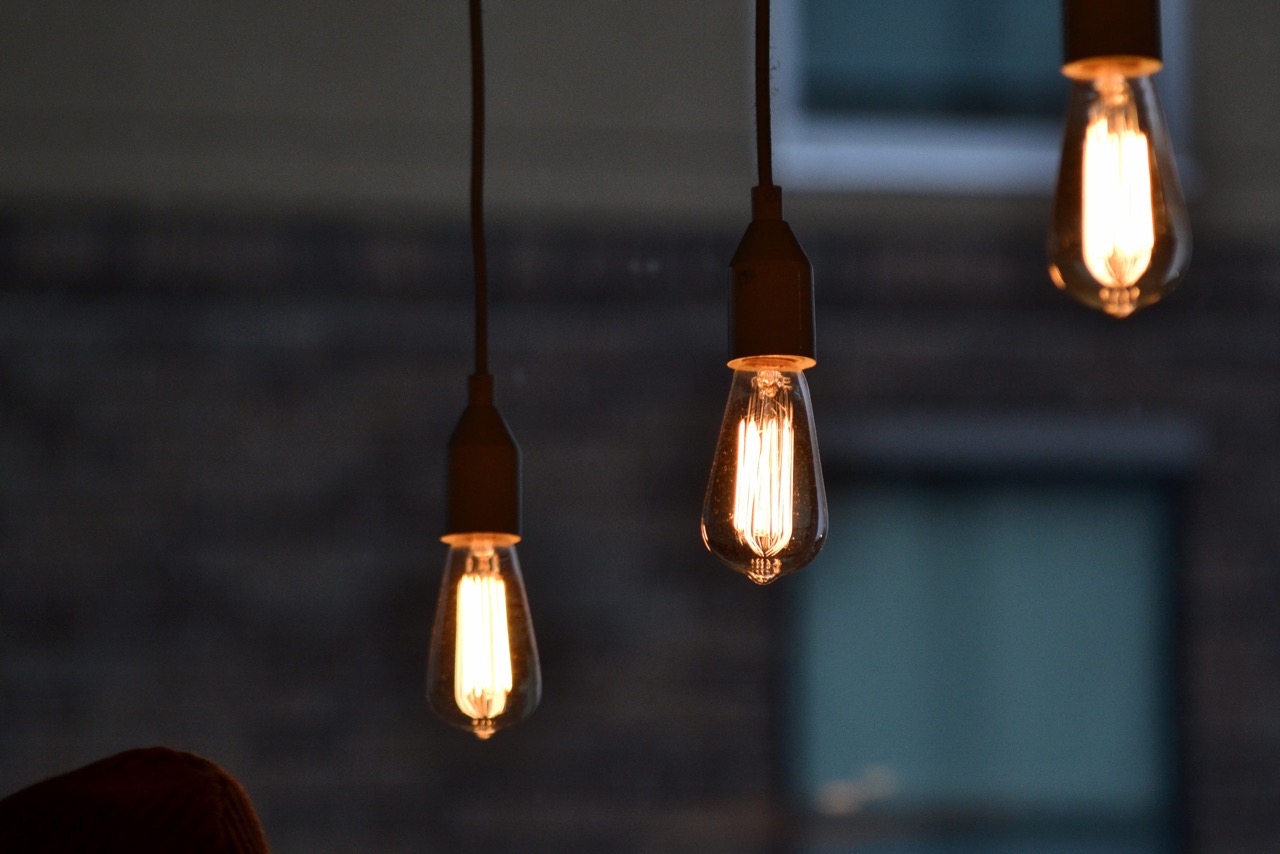

Articles
How Can Energy Be Transformed In A System In Order To Light A Light Bulb?
Modified: December 7, 2023
Discover how energy can be transformed within a system to illuminate a light bulb in this insightful article. Explore the fascinating process and gain a deeper understanding of energy conversion.
(Many of the links in this article redirect to a specific reviewed product. Your purchase of these products through affiliate links helps to generate commission for Storables.com, at no extra cost. Learn more)
Introduction
Energy is an essential component in our daily lives, powering everything from the appliances in our homes to the vehicles we use for transportation. It exists in various forms, such as chemical, electrical, thermal, and mechanical energy, and can be transformed from one form to another. In this article, we will explore the process of transforming energy within a system to light a light bulb.
Understanding how energy can be converted and harnessed is crucial in today’s world, where sustainable and efficient energy sources are a top priority. By examining the transformation of energy in a system, we can gain insights into the mechanisms behind lighting a light bulb.
Before we dive into the specifics, it’s important to have a basic understanding of various energy sources and the concept of electrical energy. Let’s explore these topics further.
Key Takeaways:
- Energy transformation is essential for lighting a light bulb, involving the conversion of electrical energy into light. Understanding this process empowers us to make sustainable choices for a brighter and more efficient future.
- Renewable energy sources, such as solar and wind power, offer cleaner alternatives for lighting light bulbs. By embracing these sustainable options, we can contribute to a greener and more illuminated world.
Read more: How To Change A Can Light Bulb
Energy Sources
Energy can be derived from various sources, both renewable and non-renewable. Non-renewable sources include fossil fuels like coal, oil, and natural gas, which are formed from the remains of ancient plants and animals over millions of years.
These non-renewable sources have been the primary energy sources for many decades due to their abundance and high energy content. However, their extraction and combustion release harmful greenhouse gases, contributing to climate change and air pollution.
On the other hand, renewable energy sources harness natural processes that are replenished over a short period. They include solar energy, wind power, hydroelectric power, geothermal energy, and biomass energy. These sources are considered cleaner and more sustainable alternatives to fossil fuels.
Solar energy, for example, utilizes photovoltaic cells or solar panels to convert sunlight into electricity. Wind power harnesses the energy of the wind through wind turbines, which generate electricity. Hydroelectric power involves capturing the energy from flowing or falling water to turn turbines and produce electricity.
Geothermal energy taps into the Earth’s natural heat from the core, while biomass energy utilizes organic materials like wood, crop residues, and animal waste to produce heat and electricity.
Renewable energy sources are becoming increasingly important as we strive to reduce our carbon footprint and transition to a more sustainable energy future.
Electrical Energy
Electrical energy is one of the most widely used forms of energy in our modern world. It is the energy carried by electric charges and is essential for powering a variety of devices and systems, including light bulbs.
Electricity is generated through the movement of electrons, which are subatomic particles with a negative charge. These electrons flow through conductive materials, such as copper wires, creating an electric current.
The generation of electricity can occur through various methods, including the use of conventional power plants that burn fossil fuels or rely on nuclear reactions. However, renewable energy sources, such as solar and wind power, are increasingly being integrated into the electrical grid.
Once electricity is generated, it can be transmitted across long distances using power lines and transformed into different voltages to suit specific needs. From there, it can be distributed to homes, businesses, and other facilities.
Electrical energy is versatile and can be easily converted into other forms of energy. For example, it can be transformed into mechanical energy to power machines and appliances or into thermal energy for heating and cooling purposes.
To understand how electrical energy is transformed within a system to light a light bulb, we need to examine the process of energy conversion.
Conversion of Energy
The process of converting one form of energy into another is known as energy conversion. This conversion is crucial in various systems and devices, allowing us to harness energy and utilize it for specific purposes. In the context of lighting a light bulb, energy conversion plays a fundamental role.
Let’s start by considering the energy conversion that occurs in traditional incandescent light bulbs. These bulbs work by passing an electric current through a filament, typically made of tungsten. As the current flows through the filament, its resistance causes it to heat up, reaching temperatures that cause it to emit light.
This process involves the transformation of electrical energy into both heat and light. However, it’s important to note that incandescent light bulbs are known for their inefficiency, as a significant portion of the electrical energy is converted into heat rather than light.
On the other hand, modern LED (Light Emitting Diode) light bulbs are much more efficient, converting electrical energy directly into light with minimal loss. LEDs utilize a semiconductor material that emits light when an electric current is applied.
Energy conversion also plays a significant role in the use of compact fluorescent lamps (CFLs) and fluorescent tubes. These lighting options rely on a process called fluorescence, where electrical energy excites mercury vapor, producing ultraviolet light. This UV light then interacts with a phosphor coating inside the bulb, which emits visible light.
Regardless of the specific type of light bulb being used, the process of converting electrical energy into light is a key step in achieving illumination.
Now that we have an understanding of energy conversion, let’s explore how energy is transformed within a system to light a light bulb.
In order to light a light bulb, energy can be transformed in a system by converting electrical energy into light energy using a filament or LED within the bulb.
Energy Transformation in a System
In order to light a light bulb, energy must undergo several transformations within a system. Let’s break down the process step by step:
1. Energy Source: The first step is to provide the system with a source of energy. This can be from a power grid, a battery, or a renewable energy generator like solar panels or wind turbines. The source provides the initial electrical energy needed to power the light bulb.
2. Electrical Energy: The electrical energy from the source is then transmitted through wires or conductive pathways to the light bulb. This electrical energy is in the form of an electric current, which consists of the flow of electrons.
3. Conversion of Electrical Energy: As the electrical current reaches the light bulb, energy conversion takes place. In traditional incandescent bulbs, the electrical energy is converted into both heat and light energy. LED bulbs, on the other hand, directly convert electrical energy into light due to the unique properties of the semiconductor material.
4. Transmission of Light: Once the electrical energy is converted into light energy, the light waves are emitted from the bulb. These light waves travel through space or a medium, such as air, until they reach the surroundings.
5. Illumination: Lastly, when the emitted light waves interact with objects or surfaces, they are absorbed, reflected, or transmitted. This interaction allows for the illumination of the space, enabling us to see and carry out various activities.
Throughout this transformation process, it’s important to highlight that energy is conserved. According to the law of conservation of energy, energy cannot be created or destroyed; it can only be transformed from one form to another. This means that the total amount of energy in the system remains constant, even as it undergoes various conversions.
Now that we understand the energy transformations within a system, let’s explore the final step of how these transformations result in the lighting of a light bulb.
Read more: How To Test A Transformer HVAC
Lighting a Light Bulb
When it comes to lighting a light bulb, the process involves a specific set of steps that allow electrical energy to be converted into light. Let’s delve into the process:
1. Powering the Light Bulb: The first step is to ensure that the light bulb is properly connected to a power source, whether it be through a socket or a battery. This connection allows the electrical current to flow through the bulb.
2. Electrical Current Flow: Once the connection is established, the electrical current starts to flow through the bulb’s circuit. This circuit is designed to facilitate the passage of electricity, typically through a filament or a semiconductor material.
3. Energy Conversion: As the electrical current passes through the light bulb, energy is transformed from electrical energy to light energy. This conversion occurs through different mechanisms, depending on the type of bulb.
4. Incandescent Bulbs: In traditional incandescent bulbs, the electrical current passes through a tungsten filament. The resistance within the filament causes it to heat up, emitting both heat and visible light as the filament reaches high temperatures.
5. LED Bulbs: On the other hand, LED bulbs utilize a different energy conversion process. When the electrical current passes through the semiconductor material in the bulb, it stimulates the emission of photons, which are packets of light energy. The result is the direct conversion of electrical energy into light, with little heat generated.
6. Illumination: As the light energy is produced within the bulb, it illuminates the surrounding space. The brightness and intensity of the light depend on several factors, including the power of the electrical current, the efficiency of the bulb, and the design of the bulb itself.
Throughout the process of lighting a light bulb, it’s important to consider the efficiency and sustainability of the chosen bulb. LED bulbs, for example, are known for their energy efficiency and long lifespan compared to traditional incandescent bulbs.
By understanding the process of lighting a light bulb, we can make informed choices about the types of bulbs we use and contribute to a more sustainable and energy-efficient future.
Conclusion
Energy transformation plays a crucial role in lighting a light bulb. Understanding the process of converting energy within a system allows us to appreciate the complex mechanisms that enable us to harness electrical energy and transform it into light.
We explored various energy sources, including both non-renewable and renewable options, highlighting the importance of transitioning towards cleaner and more sustainable sources of energy.
Electrical energy, generated through the movement of electrons, is a versatile form of energy that can be easily converted into other forms for various applications.
The conversion of energy involves transforming electrical energy into both heat and light in traditional incandescent bulbs, while modern LED bulbs directly convert electrical energy into light, greatly improving efficiency.
Throughout the energy transformation process, energy is conserved, adhering to the law of conservation of energy.
Finally, by understanding the process of lighting a light bulb, we can make informed choices about the type of bulbs we use, considering factors such as energy efficiency and sustainability.
As we strive for a greener and more energy-efficient future, it is important to value and optimize the energy transformation process in order to create a more sustainable and illuminated world.
Frequently Asked Questions about How Can Energy Be Transformed In A System In Order To Light A Light Bulb?
Was this page helpful?
At Storables.com, we guarantee accurate and reliable information. Our content, validated by Expert Board Contributors, is crafted following stringent Editorial Policies. We're committed to providing you with well-researched, expert-backed insights for all your informational needs.

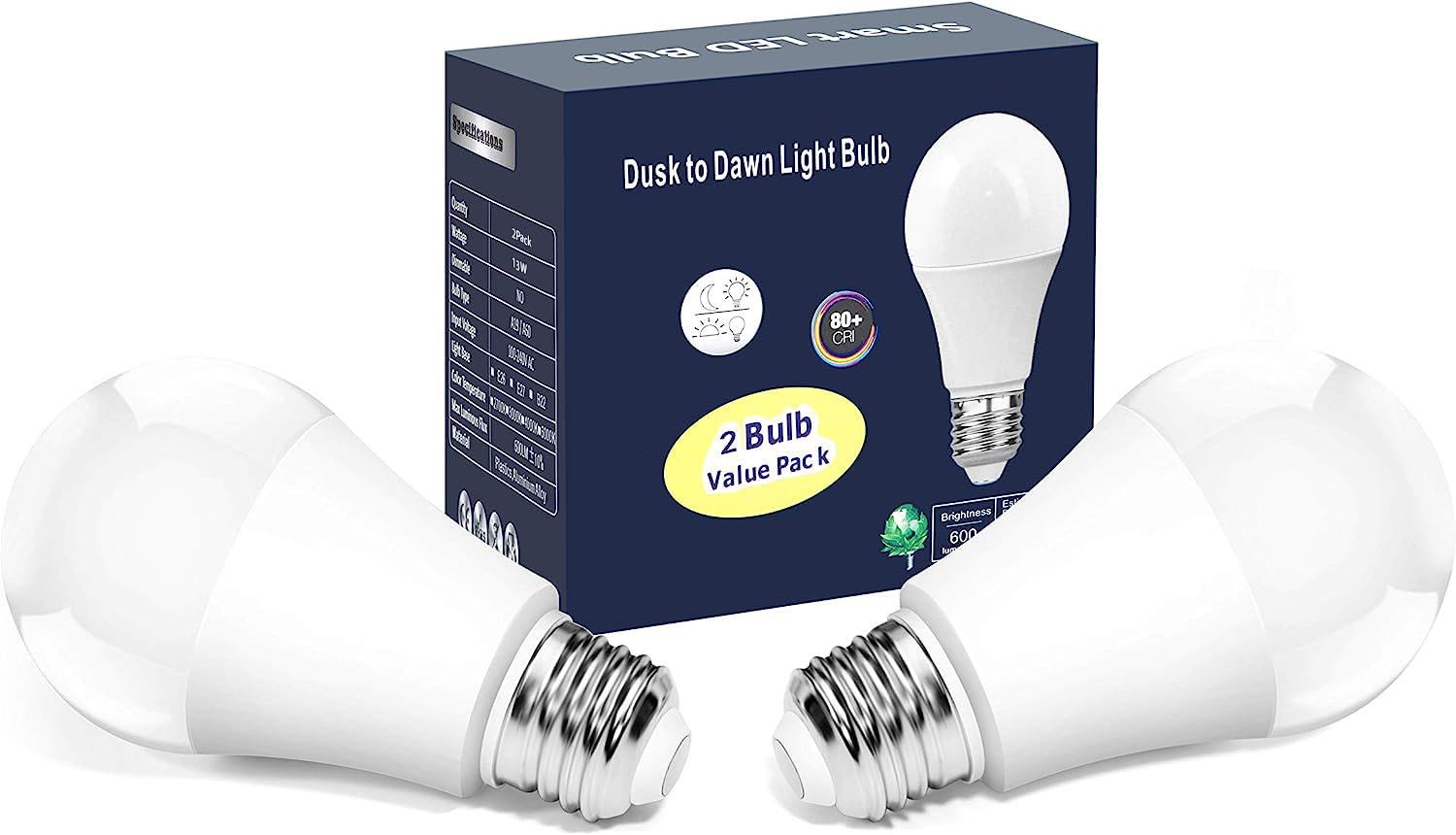
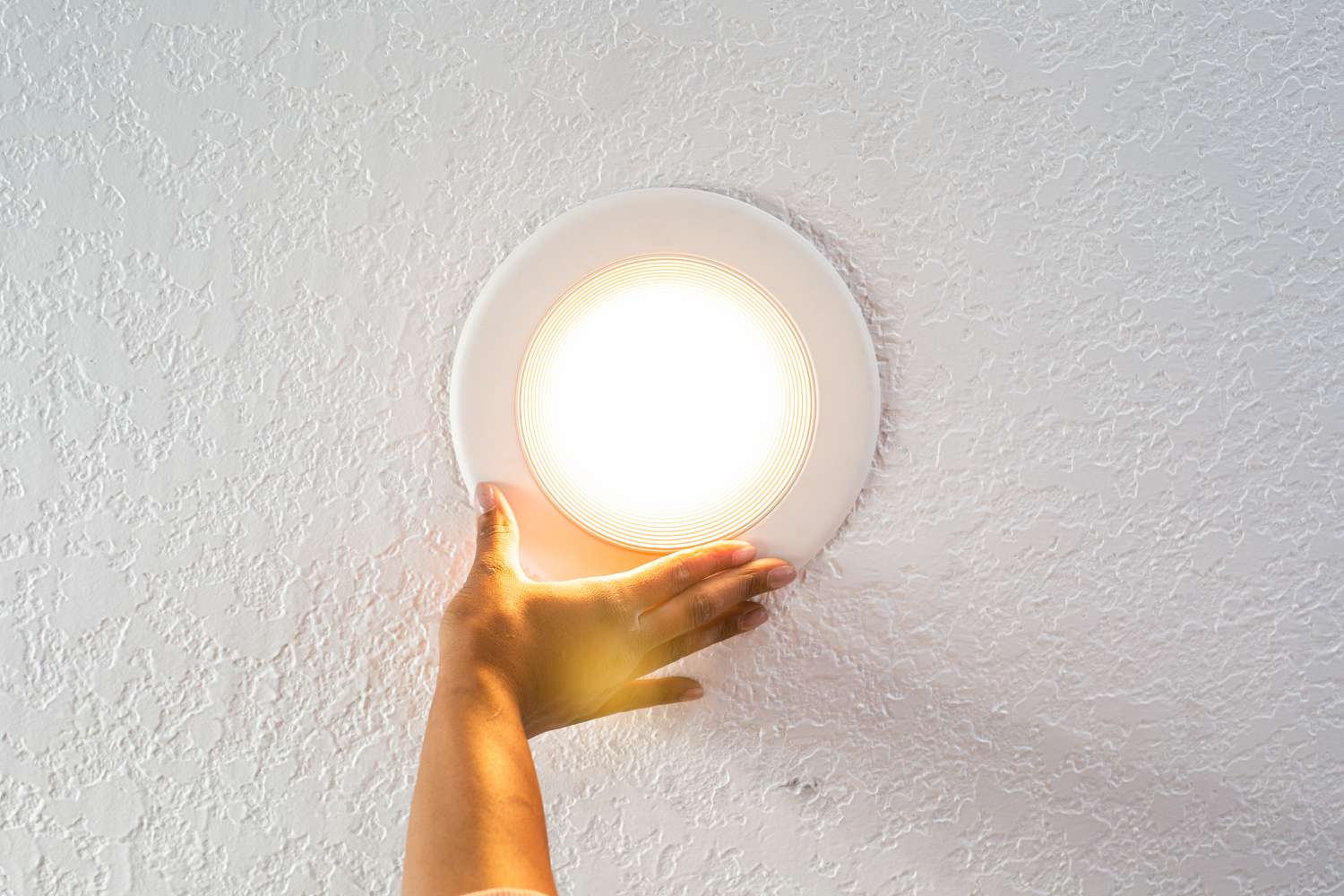
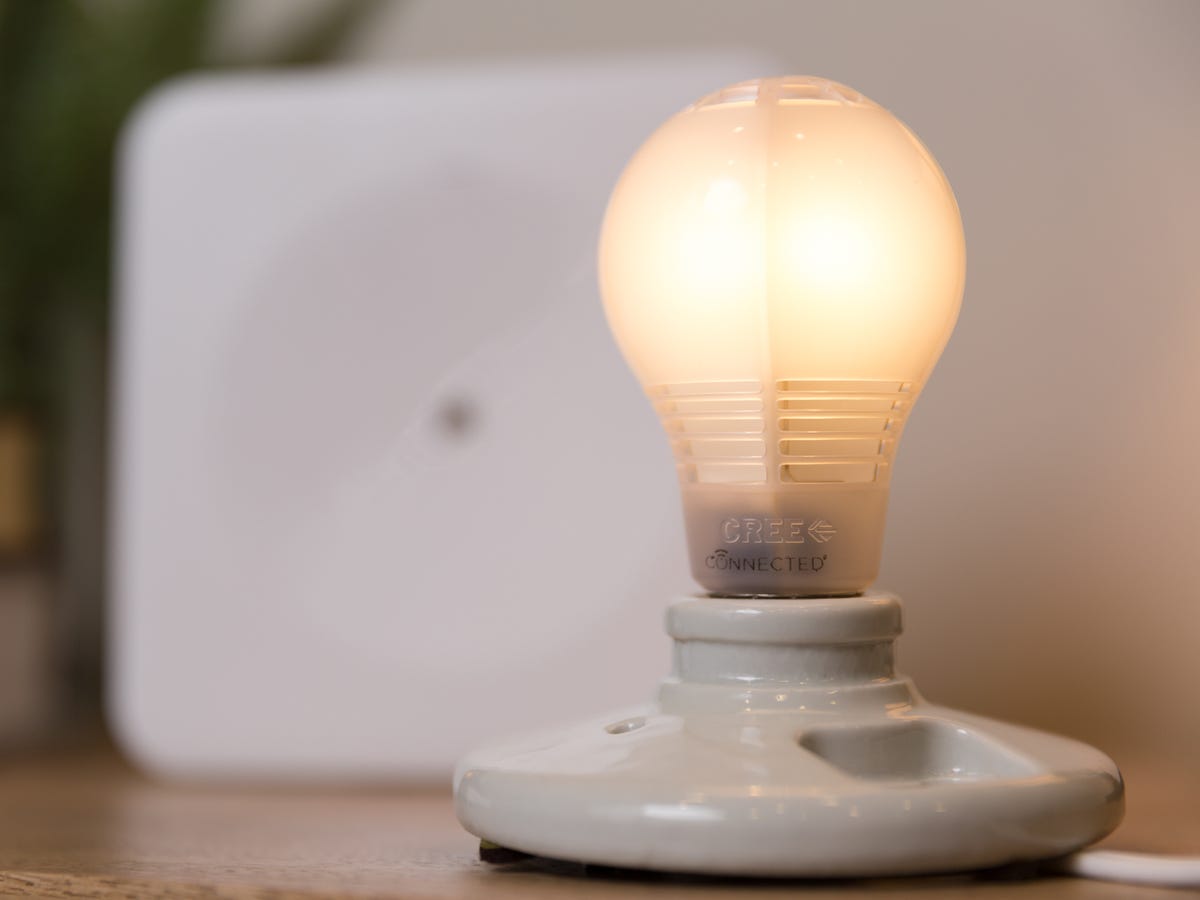
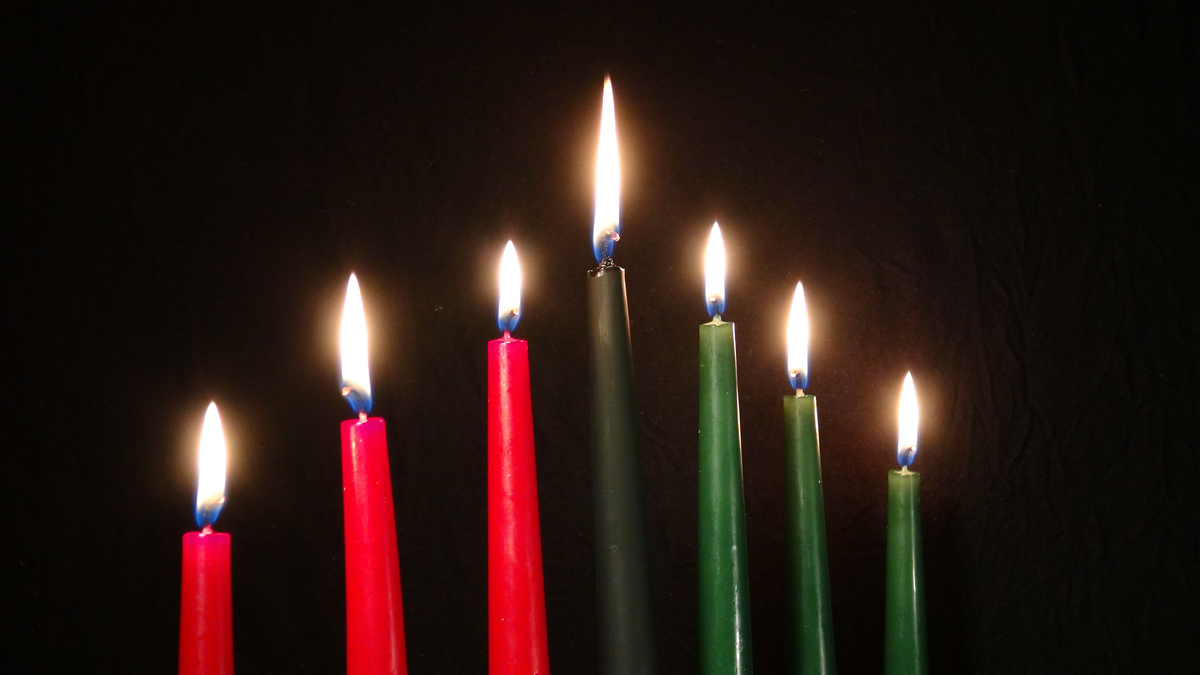
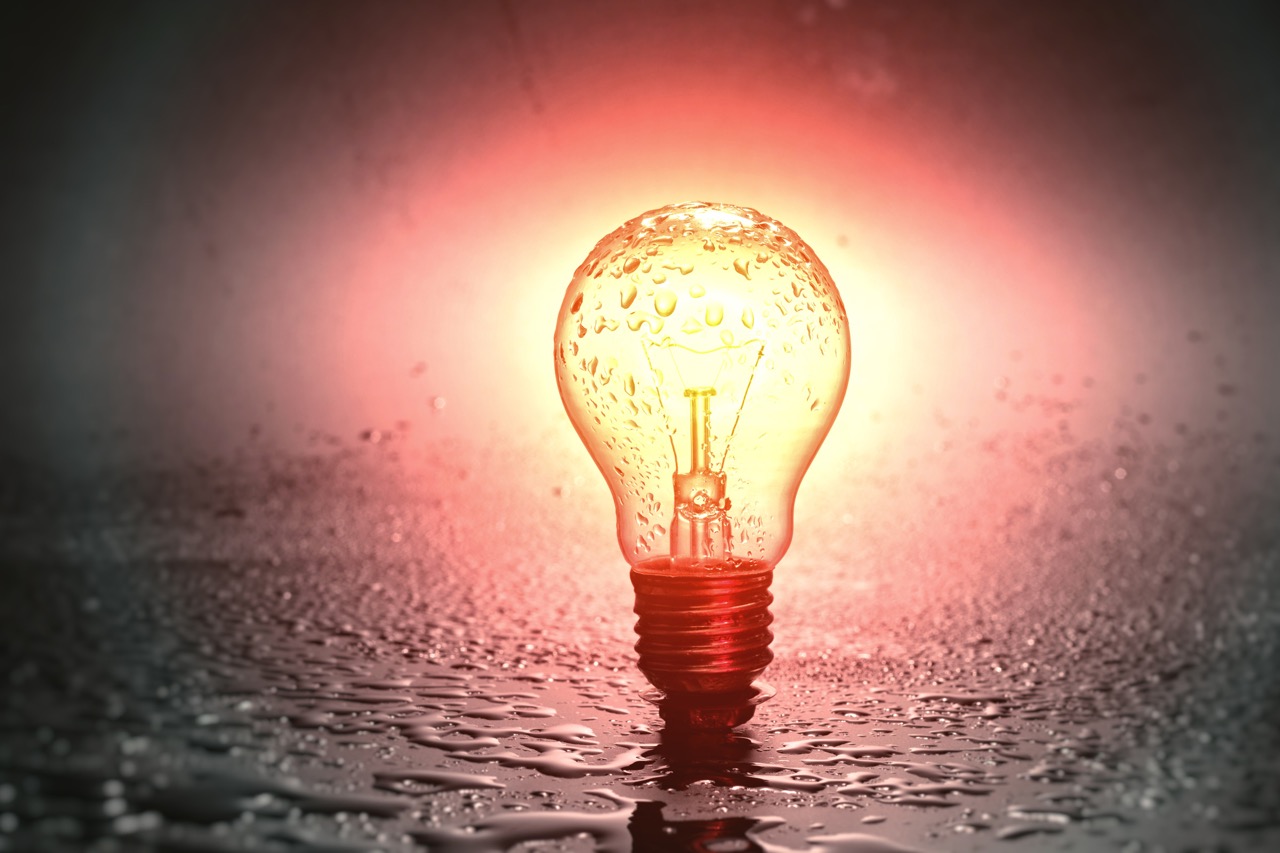
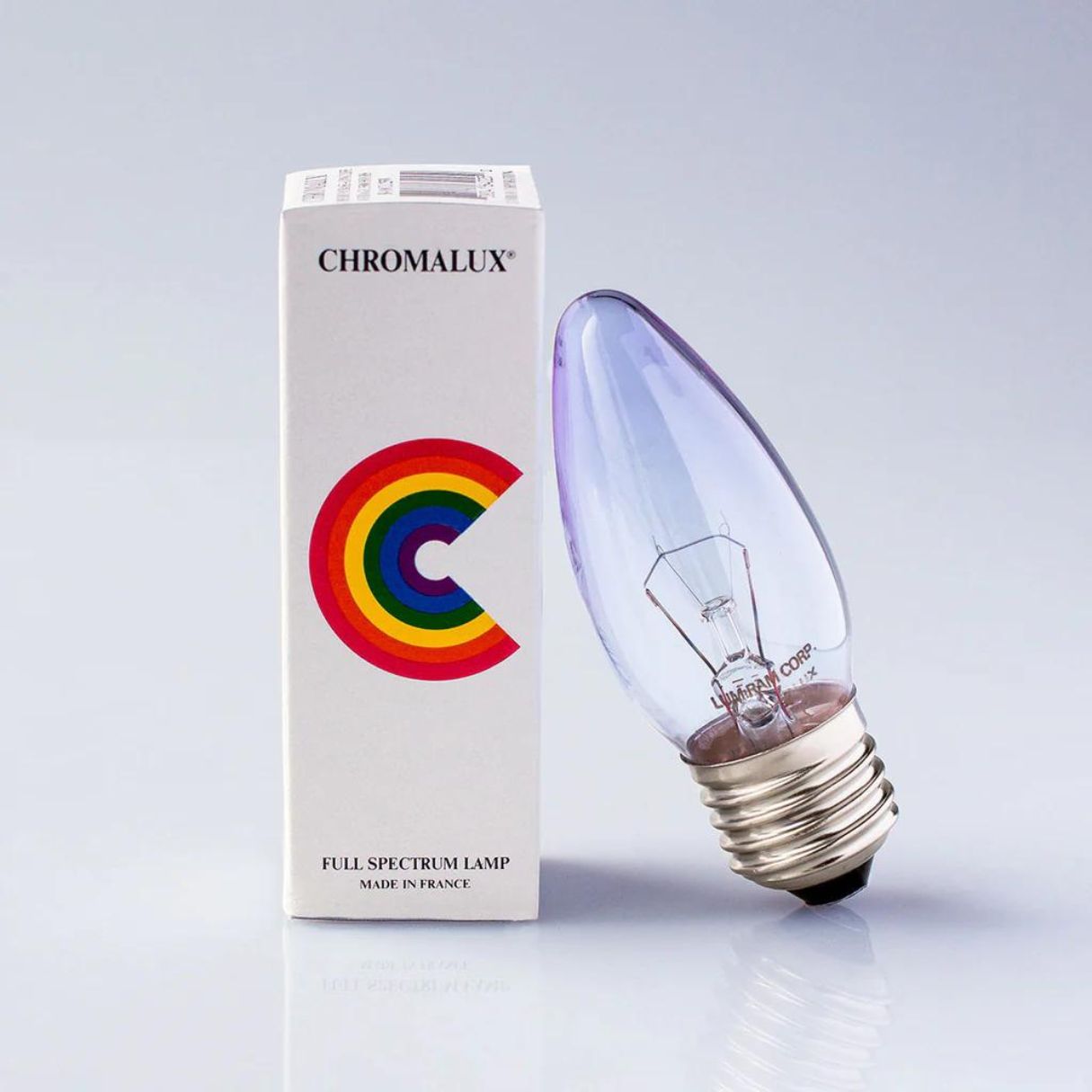
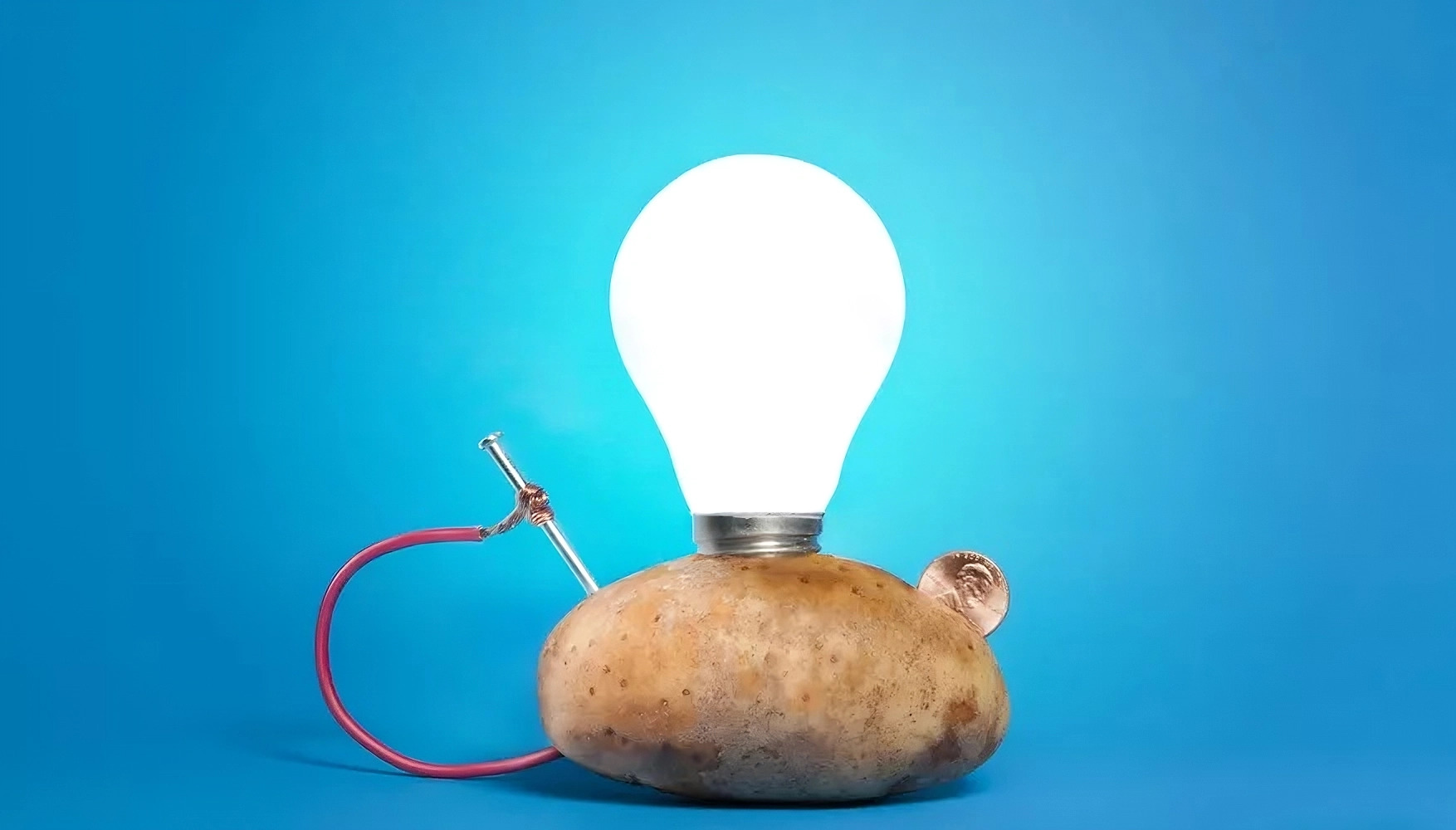
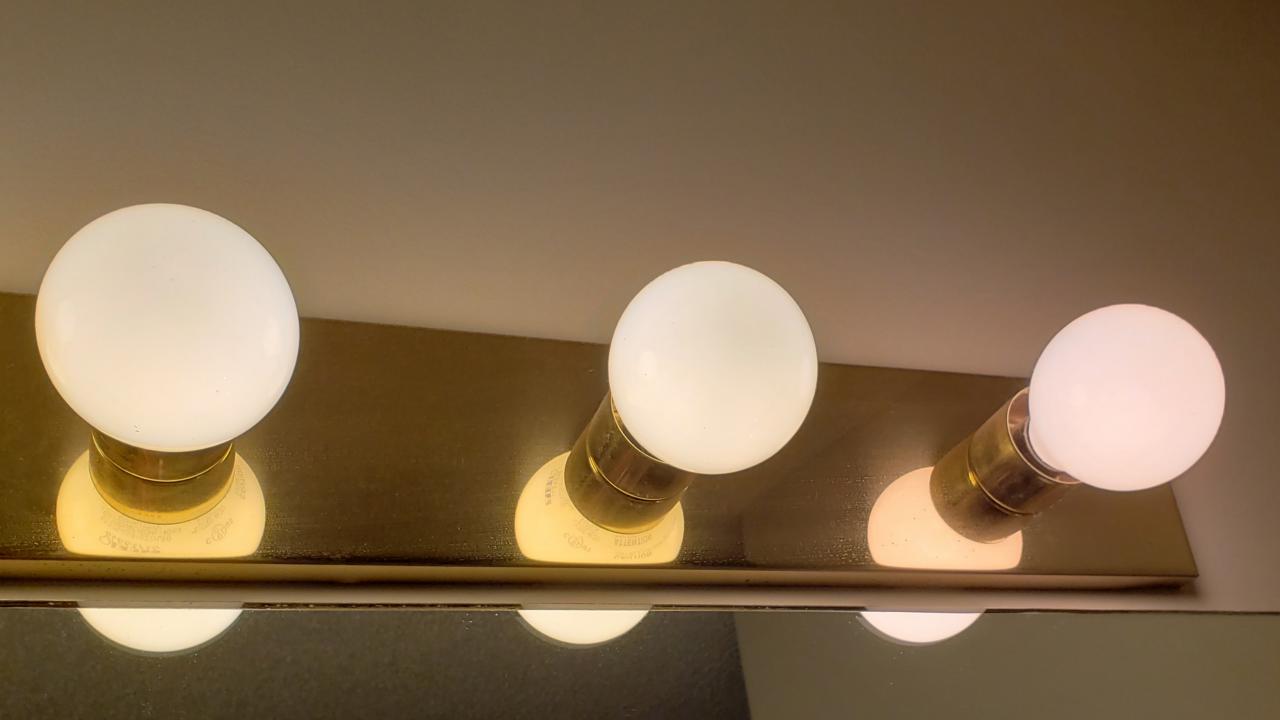
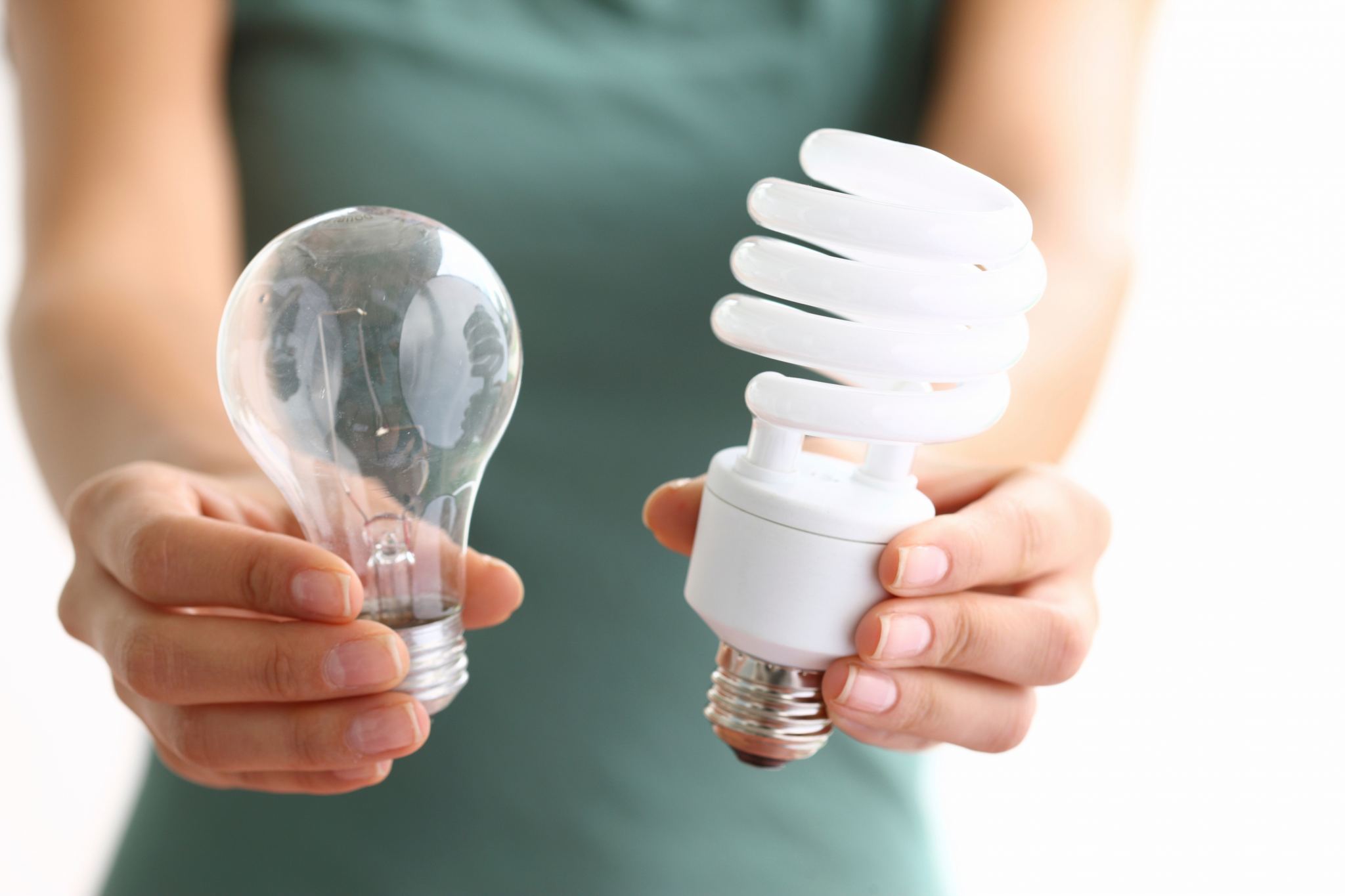
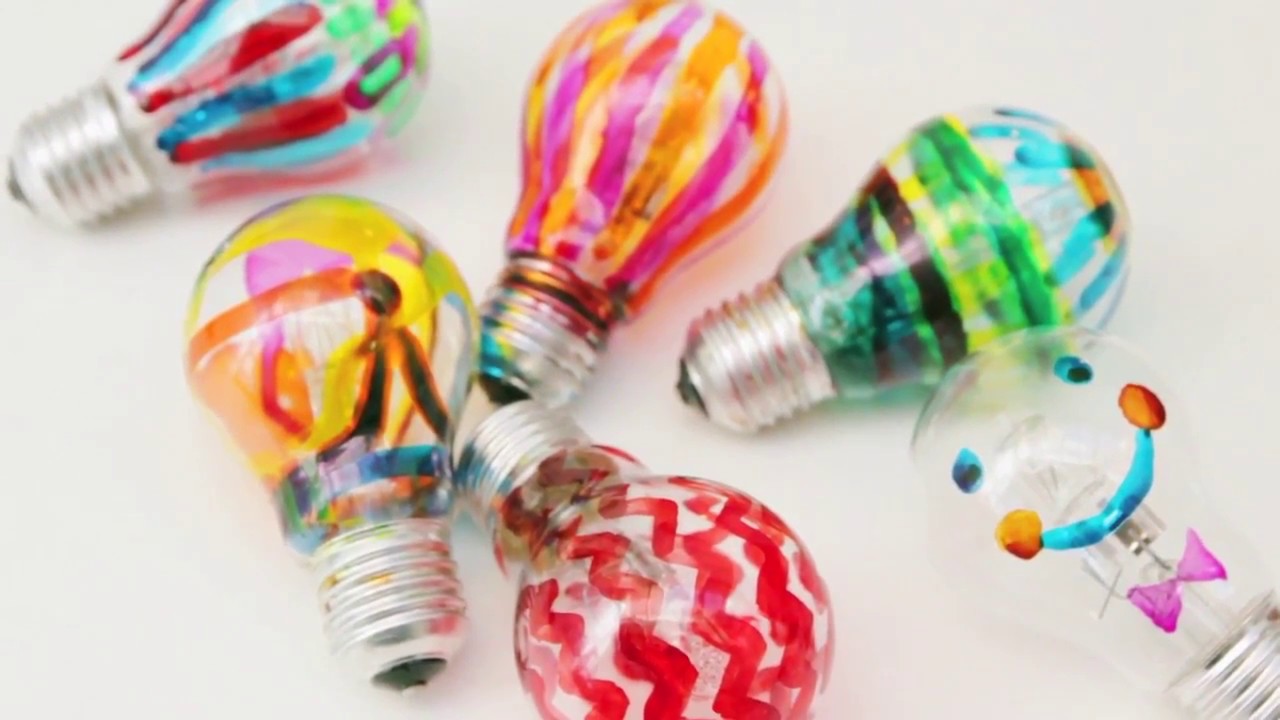

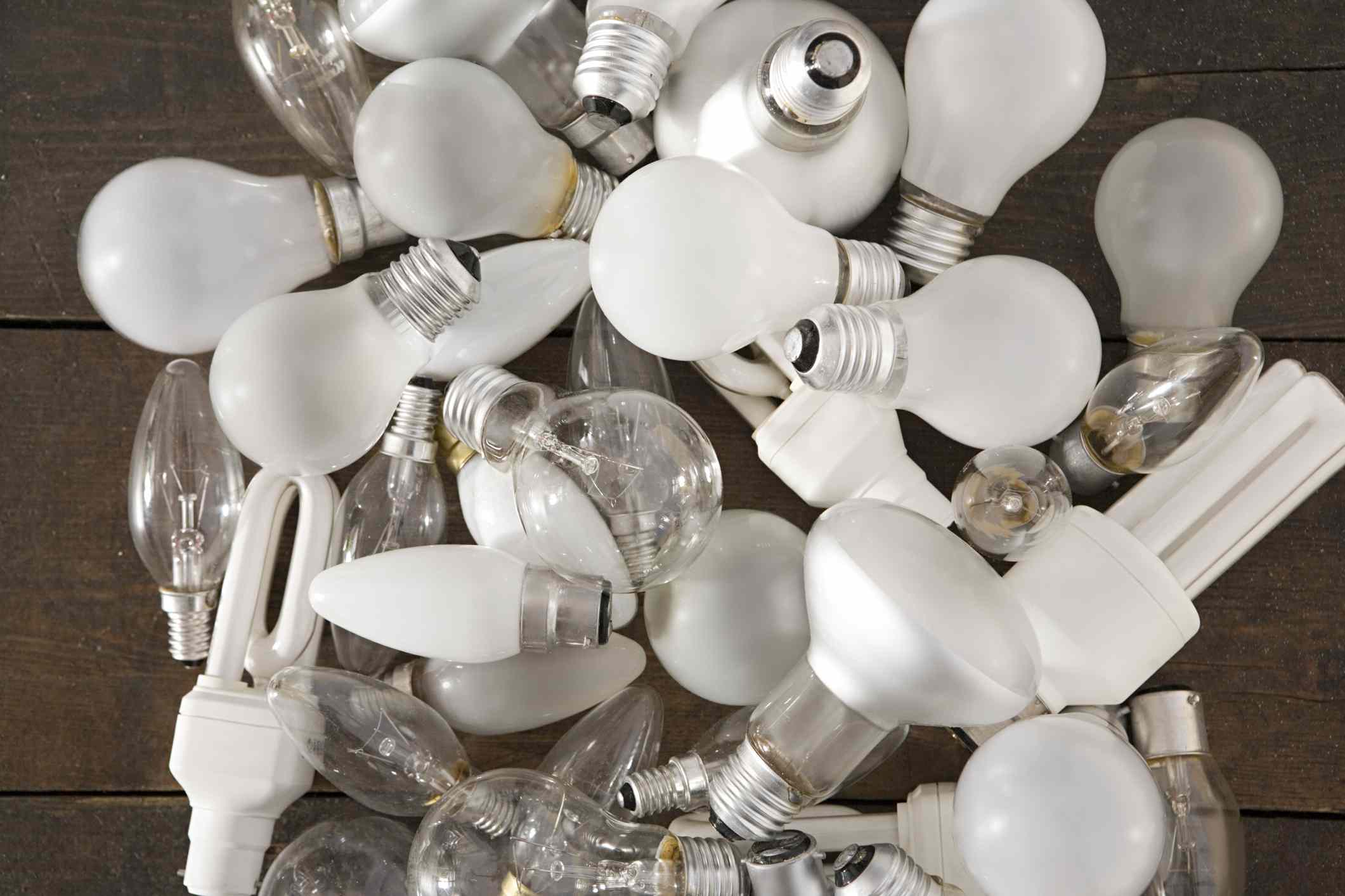
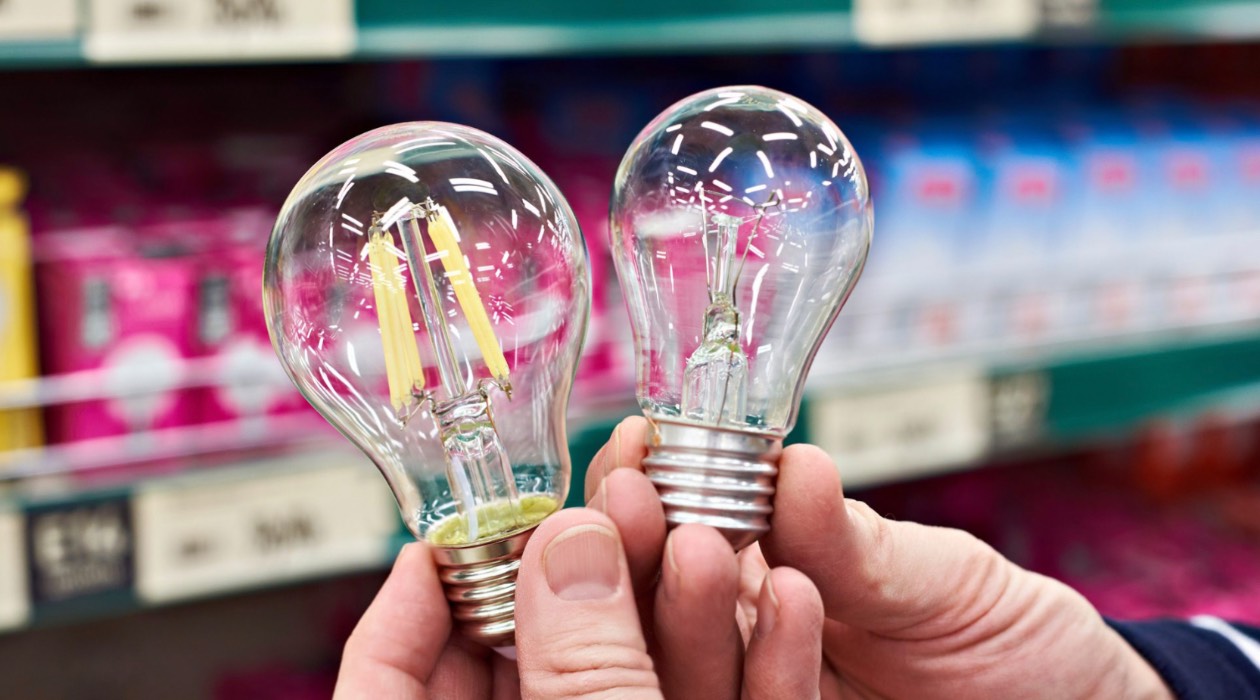

0 thoughts on “How Can Energy Be Transformed In A System In Order To Light A Light Bulb?”